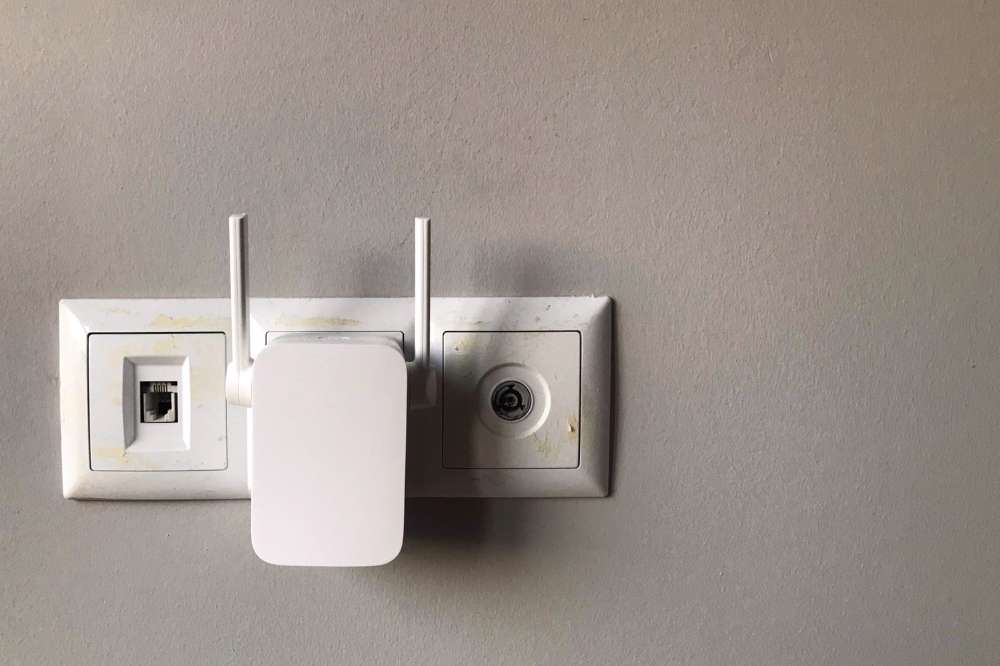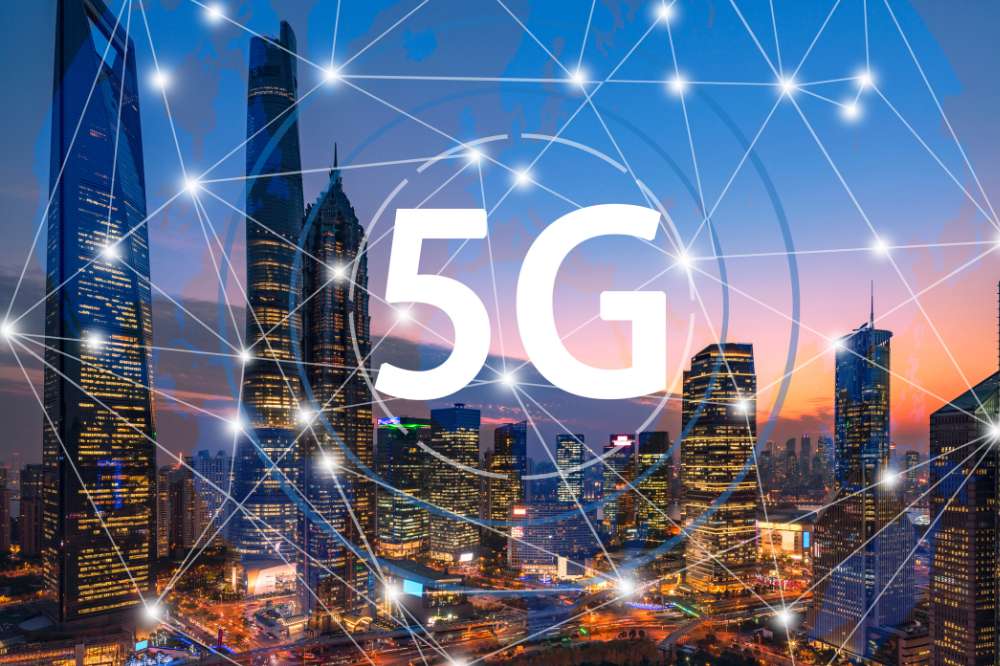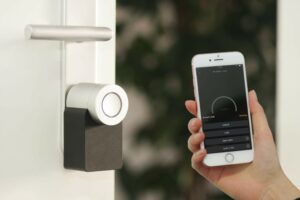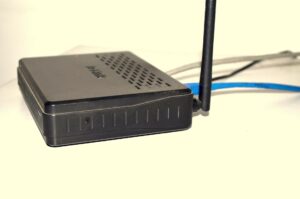Wireless technology has improved work and communication engagement. It allows data to be transmitted over long distances without physical wires or connections. Common types of wireless technology include cell phones, WiFi networks, Bluetooth, cellular networks, and satellite communication. These make communication easier, faster, and more accessible than ever before.
Ever since COVID-19, there has been a higher dependence on wireless connectivity. From streaming favorite shows to supporting commercial activities, wireless networks are indispensable.
Wireless technology is quickly evolving with projects such as 5G, CBRS, WiFi 6, and WiFi 6E. However, even with the rapid changes in wireless technology, some challenges might be encountered in the deployment.
Exploring some of the inherent difficulties associated with establishing a dependable wireless network is vital.
- Compatible with major cable internet providers including Xfinity, Spectrum, Cox and more. NOT compatible...
- [Compatibility] 12V Power Supply Adapter Compatible with Netgear, Linksys, Asus,Motorola, Motorola/Arris...
Various issues can disrupt a user’s online experience, ranging from interference to slow network speeds. Problems with wireless connectivity are not uncommon. Knowing the root reasons is critical to troubleshooting. Some of the reasons include:
Router Placement
The placement of your router is a big determinant of the quality of your wireless connection. Understanding the correct way to position your router can make a huge difference. It can help to maximize signal strength and minimize dead zones. Whether by being centralized or placed in an elevated manner, it helps with better connectivity.
Physical Barriers
It also helps to identify and remove obstructions between the router and connected devices. Wireless transmissions can be hampered by hills, buildings, walls, and people, which can reduce signal strength.
To reduce interference, routers should be strategically placed in locations with clear lines of sight. Avoiding physical barriers such as concrete walls helps to reduce interference.
Being too far apart can result in poor signals. Thus, the distance between routers should be limited to avoid signal blockage. Certain frequencies can be employed to reduce interference.
Lower frequencies have better penetration, while higher frequencies have better-reflecting properties. Proper actions must be taken to cut delayed signals to provide optimal WiFi coverage.
Network Congestion
Network congestion occurs when a network’s capacity is insufficient to manage the volume of data traffic passing through it, which is common during peak hours. An environment with many network devices connected may have issues with wireless strength due to traffic.
It occurs in populated areas with access to an internet connection. This leads to slower speeds, higher latency, and less dependable connections.
With the development of smart gadgets and data usage, consumers using wireless data plans are increasingly experiencing network congestion. The limited WiFi bandwidth due to congestion, in turn, reduces download and upload speeds.
This hurts real-time services, which include audio and video conversations and online gaming. Connection drops and unreliable connectivity disrupt critical tasks, are annoying, and reduce productivity. Monitoring user usage and peak hours can help to manage congestion and ensure smooth connectivity.
Outdated Hardware
Technological advancements can make older hardware components outdated, and budget strains may prevent you from replacing them. But, it is better to go for replacements to prevent any harm and avoid decreased productivity.
Investing in updated hardware components can also help you avoid unfavorable wireless connection and network risks.
Environmental Factors
Environmental factors that can affect wireless connections include:
- Electromagnetic radiation from electronic devices such as microwaves, phones, and other devices that emit electromagnetic radiation. Identifying such devices and reducing their proximity can help to avoid signal loss.
- Adverse weather conditions like heavy rain, snow, or fog can affect signal strength. Insulating and maintaining wireless equipment will help to avoid these impacts.
- Urban areas experience more interference due to higher congestion.
Common wireless issues include:
Slow Network
Users complain about slow networks for a variety of reasons. It could result from new apps, failed switch ports, or interference from other routers. To increase reception, you can try the following:
- Move your router to a central location
- Gently tweak external antennas
- Analyze adjacent wireless networks using free applications like NetSpot or WiFi Analyzer.
- Use of network monitoring tools
Consider acquiring a wireless repeater or upgrading your mesh system if a single router is too large. If the network is part of a larger organizational network, it may delay replies to cloud-based apps.
Signal Interference
Interference is the disruption of data transmission between a router and the connected device. Signal degradation and reduced wireless capacity may occur when nearby networks compete for the same frequency space.
Walls, floors, ceilings, furniture, and other solid objects can block WiFi signals. Neighboring WiFi networks and household equipment can also cause interference.
You can avoid interference by optimizing your router placement. It can help to increase signal propagation and coverage. You can also use WiFi analyzer tools to change your network settings.
WiFi Signal Dropouts or Disconnects
If your WiFi connection keeps disconnecting, it could be due to a poor signal, a congested ISP network, or hardware issues.
You can resolve this issue by trying to adjust your device’s settings. Ensure your WiFi signal is strong, and make sure your device is connected to the internet.
Troubleshooting a Slow Network
A reliable internet connection is crucial when conducting work and meetings. You might even want to use it while relaxing at home. However, sometimes, internet connection issues can interfere with online experiences.
The following methods can be used to fix the problem:
- Perform a speed test to determine the speed of your internet connection. Testing your network on a different device will help determine if the connection is running at a good speed.
- The slow network may result from the wide distance between your network and the router. If that’s the case, move closer to your router or reposition your network, especially if it is in the same room.
- Consider purchasing a WiFi extender or mesh network if you cannot be in the same room.
- You can reboot your modem and router if the connection has been disrupted. If not, clear the cache on your web browser if the modem or router is not the cause.
- If the hardware storage of your device is full of files and software, try uploading the files to your drive and delete them on your device.
- System Update your web browser to the current version, following the instructions for your browser.
- Update your device’s operating system to the latest version to keep your system up-to-date and secure from malware attacks. You can check for malware on your computer using MalwareBytes or First Aid.






